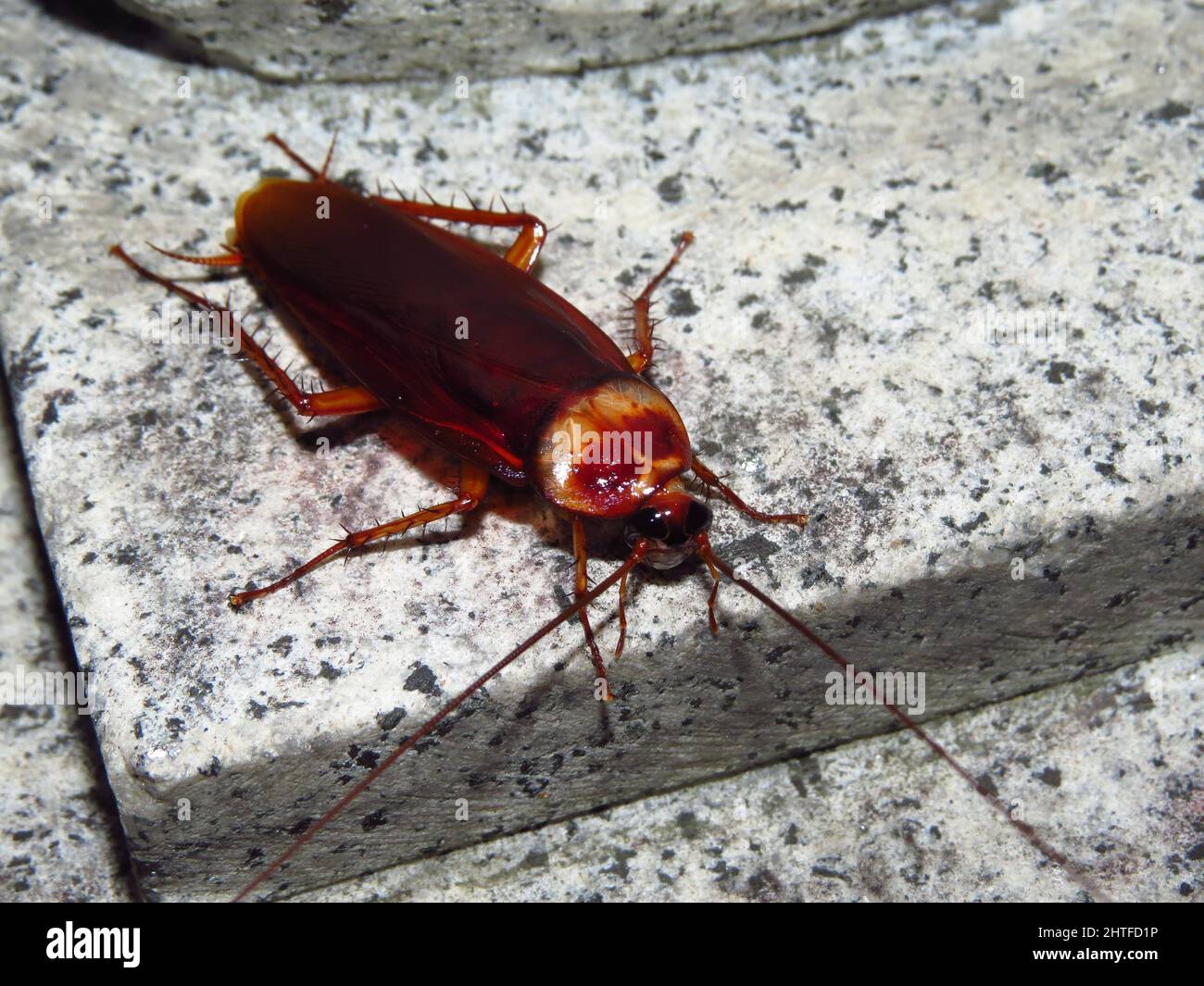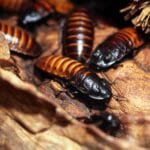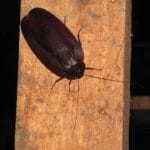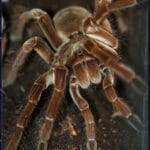Imagine a cockroach with a wingspan rivaling the width of your hand. This isn’t science fiction; it’s the reality of Megaloblatta longipennis, the world’s largest cockroach. Reaching lengths of up to 6 inches, this gentle giant of the rainforest challenges our perceptions of these often-maligned insects.
A Rainforest Goliath: Size and Habitat
Megaloblatta longipennis reigns supreme as the world’s largest cockroach by wingspan, holding a Guinness World Record for its impressive size. This remarkable insect inhabits the lush rainforests of Colombia, Ecuador, and Peru, where it plays a vital role in the delicate balance of these ecosystems.
Contrary to popular belief, Megaloblatta longipennis is not found in Panama. A similar species, Megaloblatta blaberoides, inhabits that region, leading to some misidentification.
Beyond the Creeps: The Ecological Role of a Giant
While its size might inspire fear in some, Megaloblatta longipennis is a harmless giant, far from the disease-ridden pests often depicted. This cockroach species plays a critical role as a decomposer, feeding on decaying organic matter like fallen leaves and wood. Through this process, they contribute to nutrient cycling, returning essential elements to the ecosystem.
While Megaloblatta longipennis claims the title for the longest cockroach, it’s not the heaviest. That honor goes to the Australian giant burrowing cockroach (Macropanesthia rhinoceros), which can weigh over an ounce – heavier than some mice!
A World of Giants: Exploring Other Large Cockroach Species
The insect world is full of surprises, and the diversity among large cockroach species is no exception. Here are a few other notable giants:
- Giant Burrowing Cockroach (Macropanesthia rhinoceros): As the heaviest cockroach, this Australian native can weigh over an ounce.
- Central American Giant Cave Cockroach (Blaberus giganteus): This species is known for its impressive size and ability to fly. Males reach up to 3 inches, while females can grow up to 3.9 inches.
These impressive insects, often belonging to the Blaberidae family (the second largest cockroach family), are integral parts of their ecosystems. They challenge our perceptions and highlight the fascinating world of these underappreciated creatures.
Myths, Misconceptions, and Future Discoveries
Scientists believe the large size of Megaloblatta longipennis might be an adaptation to its rainforest habitat. Its large wings likely aid in gliding through dense vegetation, while its robust body helps it navigate the humid and challenging environment.
Despite their size and sometimes fearsome appearance, most large cockroach species are harmless to humans. They are not aggressive and play vital roles in their environments. Some cultures even consider large cockroaches, like Blaberus giganteus, a sustainable source of protein.
The discovery of new insect species continues, suggesting that even larger, yet undiscovered cockroaches may lurk within the world’s rainforests. Further research on these fascinating creatures could unlock new insights into their behavior, evolution, and the intricate ecosystems they call home.
- Unveiling Bernhard Caesar Einstein’s Scientific Achievements: A Legacy in Engineering - July 15, 2025
- Uncover who is Jerry McSorley: CEO, Family Man, Business Success Story - July 15, 2025
- Discover Bernhard Caesar Einstein’s Scientific Contributions: Unveiling a Legacy Beyond Einstein - July 15, 2025






![[Facts About Life on Land]: Unveiling the Wonders of Terrestrial Ecosystems facts-about-life-on-land_2](https://www.lolaapp.com/wp-content/uploads/2023/12/facts-about-life-on-land_2-150x150.jpg)








